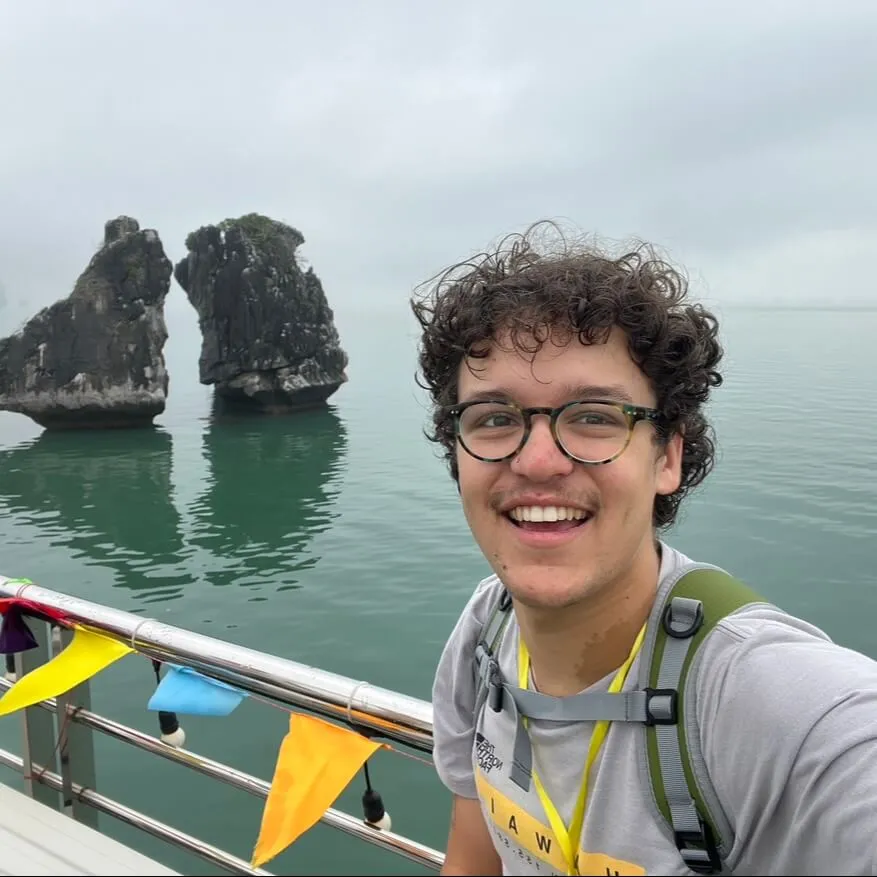Our Year 4 Science tutors focus on helping students achieve key outcomes, such as understanding the roles of organisms in ecosystems, exploring the water cycle, and investigating forces that act on objects. We guide students in making predictions, conducting fair tests, and using data to explain scientific observations. Our goal is to support students in using scientific vocabulary and developing skills to communicate their findings clearly.
Biological Sciences:
Students learn about the interactions between producers, consumers, and decomposers in various habitats and construct food chains to represent these relationships. Our tutors help them understand the balance of ecosystems and the impact of changes within a habitat.
Earth and Space Sciences:
Students explore key processes in the water cycle, such as precipitation, evaporation, and condensation. Our tutors guide them in understanding how water moves through different parts of the environment and why water conservation is important.
Physical Sciences:
Students investigate how forces, including friction, gravity, and magnetism, affect the movement of objects. Our tutors support them in conducting experiments to observe these forces in action, helping them understand how different forces interact with objects.
Chemical Sciences:
Students explore the properties of natural and synthetic materials, examining how these properties influence their use. Our tutors guide them in comparing materials like metals, plastics, and fibres, fostering an understanding of how these materials are chosen for specific purposes.
Science as a Human Endeavour:
Students learn how people use scientific explanations to address challenges, from managing water resources to designing effective composting systems. Our tutors provide examples of how scientific knowledge is applied in real-world situations, helping students appreciate its relevance.
Science Inquiry:
Our tutors encourage students to ask questions, make predictions, and plan safe investigations. They guide students in making accurate measurements using standard units, organizing data into tables and graphs, and drawing conclusions based on their observations.
%20(1).webp)







.webp)
.webp)
.webp)












.webp)




.webp)



.webp)




















































.webp)
.webp)
.webp)








.webp.crdownload-p-500%20(1).webp)
.webp)
.webp)
.webp)
.webp)

%20(1)%20(1)%20(1).webp)
.webp)





.png)
.png)
-min.webp)
